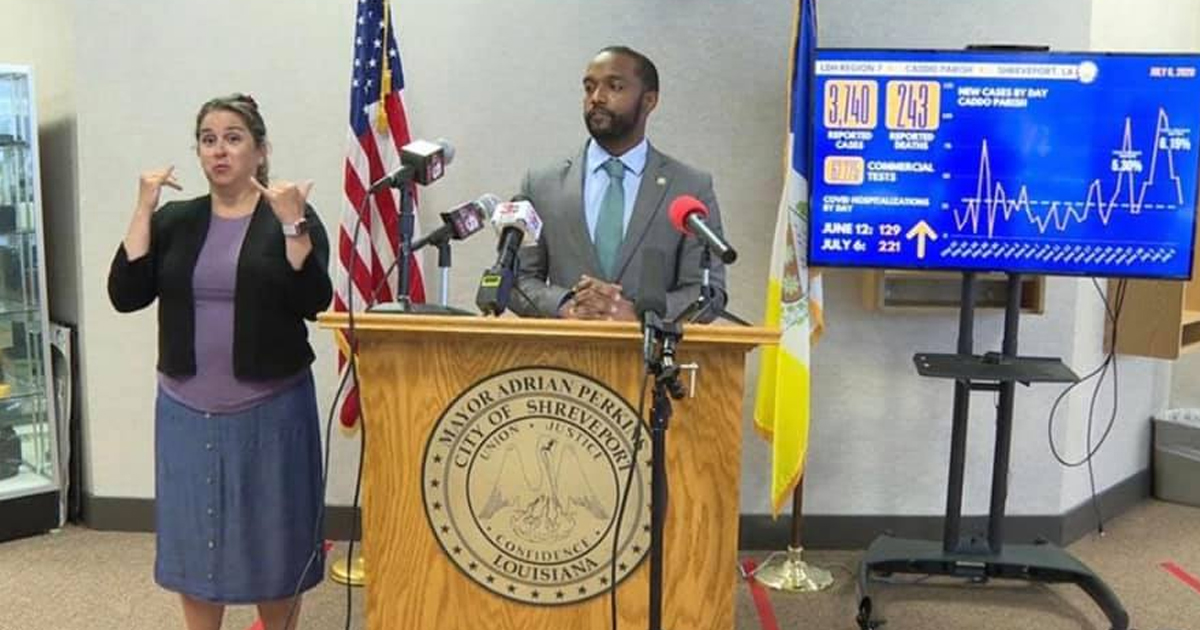Manonthestreet
Diamond Member
- May 20, 2014
- 34,683
- 22,927
- 1,945

BREAKING: Shreveport Judge Blows Up Perkins' Mask Mandate
Shreveport mayor Adrian Perkins took a hit in court Friday, as a judge temporarily threw out his new, oppressive mask mandate.






